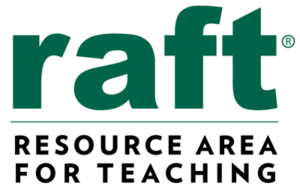Plan and conduct an investigation to provide evidence of the effects of balanced and unbalanced forces on the motion of an object. ||Next Generation Science Standards||Grade 3||Physical Science||Motion and Stability: Forces and Interactions |||Make observations and/or measurements of an object’s motion to provide evidence that a pattern can be used to predict future motion. [Examples: a child swinging in a swing, a ball rolling back and forth in a bowl, and two children on a see-saw.] “||Next Generation Science Standards||Grade 3||Physical Science||Motion and Stability: Forces and Interactions |||Develop a model of waves to describe patterns in terms of amplitude and wavelength and that waves can cause objects to move. ||Next Generation Science Standards||Grade 4||Physical Science||Waves and their Applications in Technologies for Information Transfer|||Construct an explanation based on evidence for how geoscience processes have changed Earth’s surface at varying time and spatial scales. [Examples of geoscience processes include surface weathering and deposition by the movements of water, ice, and wind. ||Next Generation Science Standards||Middle School||Earth and Space Science||Earth’s Systems|||Analyze and interpret data on natural hazards to forecast future catastrophic events and inform the development of technologies to mitigate their effects. [Emphasis is on how some natural hazards, such as volcanic eruptions and severe weather, are preceded by phenomena that allow for reliable predictions, but others, such as earthquakes, occur suddenly and with no notice, and thus are not yet predictable. Examples of natural hazards can be taken from interior processes (such as earthquakes and volcanic eruptions), surface processes (such as mass wasting and tsunamis), or severe weather events (such as hurricanes, tornadoes, and floods).]||Next Generation Science Standards||Middle School||Earth and Space Science||Earth and Human Activity|||6.G.4. Represent three-dimensional figures using nets made up of rectangles and triangles, and use the nets to find the surface area of these figures. Apply these techniques in the context of solving real-world and mathematical problems.||Common Core Mathematics||Grade 6||Geometry||Solve Real-World And Mathematical Problems Involving Area, Surface Area, And Volume
